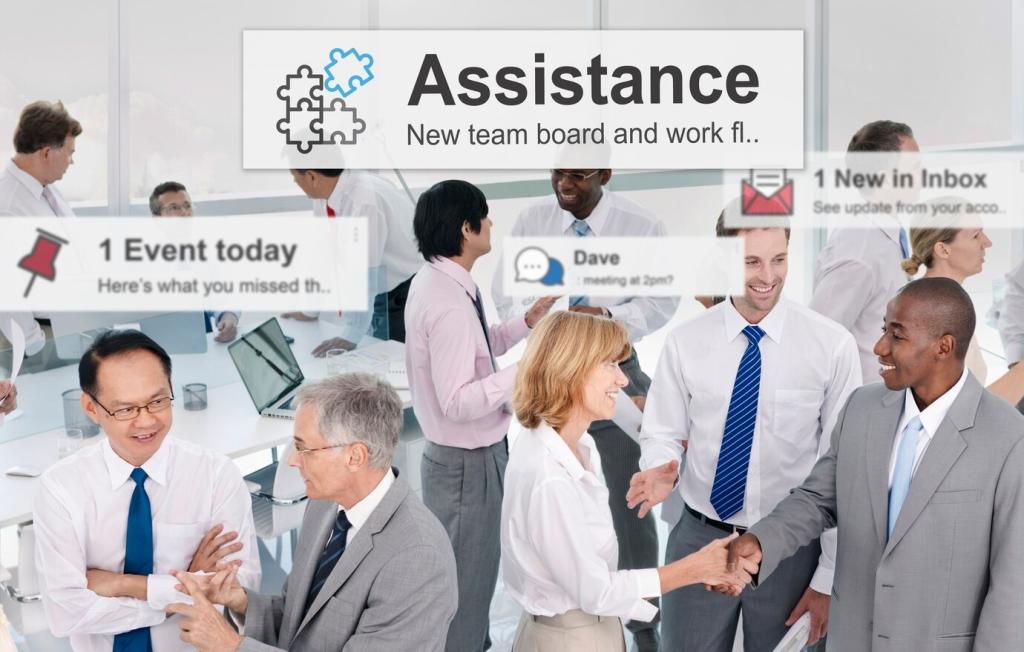Energy, Focus, and Sustainable Pace
End each cycle with a visible checkpoint—a draft sent, a ticket moved, or a note posted. Tangible progress lowers anxiety and strengthens client trust. Experiment for three days and share what changed for you.
Energy, Focus, and Sustainable Pace
Track when you do your best work and schedule tough deliverables there. A brand strategist declined late-night calls for one quarter and saw faster turnarounds and kinder reviews. What boundary would improve your week immediately?
Energy, Focus, and Sustainable Pace
After shipping, debrief briefly, stretch, walk, or journal lessons learned. Small recoveries prevent burnout and sharpen the next sprint. Tell us your favorite recovery ritual, and subscribe for more field-tested pacing strategies.
Energy, Focus, and Sustainable Pace
Lorem ipsum dolor sit amet, consectetur adipiscing elit. Ut elit tellus, luctus nec ullamcorper mattis, pulvinar dapibus leo.






